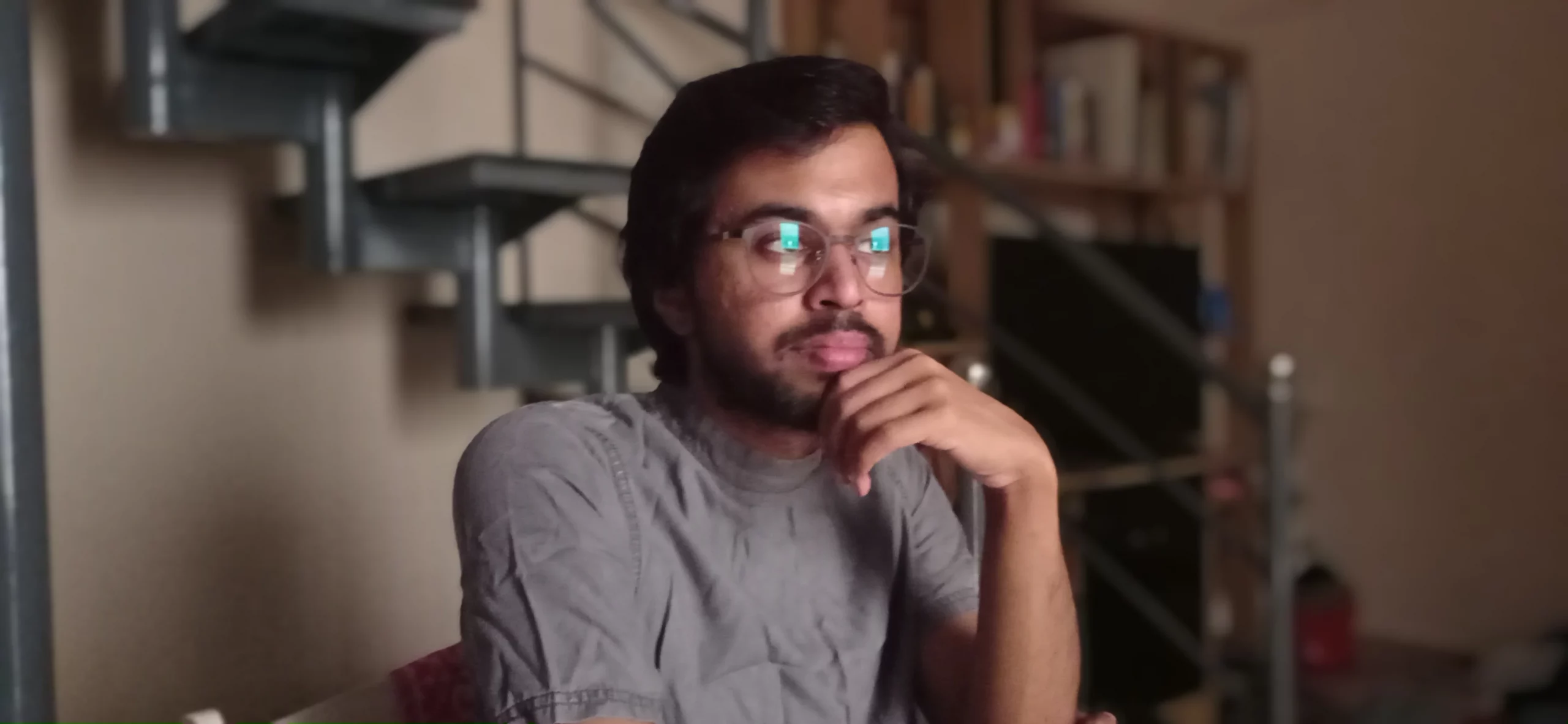Stereo about the Stereotypes
At the very onset, this article will clear certain preliminary points. First, the treatment of stereotypes is not based on the clinical, ‘authenticate’ definition of any manual of psychology. Second, the article does not claim that there has not been any progress, but only highlights the underlying forces, parallel to the definition of progress. Third, it does not claim that a society devoid of a belief system is ideal nor does it support a nihilist view of society. It only marks the flaws in the exaggerated forms of the cultural beliefs, which have taken the form of blind beliefs or, as in some cases, a sense of entitlements.
Having set the groundwork, the reader is requested to kindly imagine (as real as possible) a tape recorder in the head. Having found that classical medium of communication, the reader should pick a specific tape – Stereo about stereos. Here the article emphasizes the importance to play the tape of the old stereotypes, that exist in each individual’s life when they would have encountered words like ‘penis’, ‘vagina’, ‘balls’, ‘sex’, ‘pleasure’, or ‘condoms’. The responses that the recorder would have played, are treated as different phobias (not in any clinical definition) around sexual education.

All-you-need-to-know-is-the-syllabus phobia
In the 2019 edition of Swaddle, Murzello remarked about the school’s treatment of the subject as either a topic that is glossed over or skipped entirely. The result of this kind of treatment, as the author marks, and the reader can recall, is visible when the young minds are unaware of protected sex or the proper knowledge of the reproductive anatomy. The absence of discussion within the classroom space could be in two ways. One of them being syllabus-oriented, where the diagrams become the determining factor of the student’s knowledge on paper. In a different way, the lack of open discussion in the classroom about different aspects of the reproductive process, due to syllabus pressure or subjective reservations, could leave little knowledge in the minds of the young students. It is important to address this phobia that is present at the root of this lack of discussion.
In the same piece, the author argued that there is a sense of reservation about the topic ‘sex’ in the minds of the teacher responsible. The writer made few important observations in the result of this reservation. The absence of holistic discussion or the presence of partial discussion is visible in the equation of sex with abstinence. Now there is no attempt at generalization on this note. As was marked in the introduction, it is wise to mark the underlying stereotypes which flow with the progress of society. For the same reason, as evidence, the reader only needs to recall the biology class chapter nine discussion. This class did not extend beyond one or two classes due to the aforementioned reasons.
However, within the same conservative classrooms, boys would be kept outdoors as the teacher would advise the girls to carry extra pads for a school trip. The point of abstinence is also palpable in the rules of segregating boys and girls within the classroom space, or the punishment imposed on them if found holding hands or standing in an ‘inappropriate’ manner. As a student, the question is obvious: what is the appropriate way. As a student, the concern is humane, that the school administrators might be facing a phobia of crossing the syllabus.

Mind-polluting-subject phobia
Having discussed the concern for the teaching curriculum, it is fair to address the phobia faced by the immediate family members of an individual. At this point, the readers might recall the instances when the advertisement of condoms brought blushes on their cheeks, or an intimate scene was changed as it was assumed to be ‘polluting’ the child’s mind. It is funny as to how the topic of masturbation or menstruation is still discussed behind the doors, below the audible decibels. Though different experiences, both the words carry a common alphabet that is present in another phrase – Matter of privacy. The demarcation between public and private is an important starting point to discuss the place of sex education within the family circles.
Nair (2017) in a piece about sexual education in countries of the ASEAN comments about the stagnant state of family space, where sexual education is considered a taboo. The children, even as adolescents or young adults, are kept away from such exposures out of a fear that it would encourage the youth to engage in more sexual activity or it might destabilize the foundational value system of the youth. The former has been empirically denied by research. Addressing the latter, it has been argued by Ismail et. al. (2015) that the fear of a challenge to the cultural value system is a strong and deeply-rooted hurdle against comprehensive sexual education.
From the two cited works, it can be drawn that the lack of a comprehensive and open sexual education is not a consequence of complete ignorance by the elderly society. But it is a fear that needs to be addressed in categorical ways. It cannot be expected from the elders to understand the importance of sexual education at the very onset of such a program. However, schemes that provide creation, correction, and dissemination of the required information could be put in place for media presentations. The phobia of losing the child to ‘foreign’ values and a ‘dirty’ mindset, needs to be addressed with patience. On the other hand, the elders of the house should not be held under scrutiny alone. Within the peer circles, the absence of comfort for a girl student to ask for a pad, or the inability of a boy child to discuss a problem with his genitals also stand as important issues that need to be addressed. This discomfort arises from a phobia of facing discussion around ‘private’ matters.

It-is-not-natural phobia
Though the list of phobias faced by society is long, it is important to allow a breath to the reader too. Thus, coming to the last concern that is present at large, irrespective of class, age, or place of residence among the people across continents. The problem of identity. For this, it is necessary to play the stereos about body language, posture, expression of emotions heard very ‘casually’, but without proper attention. The identity of an individual cannot be sidelined by a nihilist argument or a postmodern stance about everything being arbitrary and a construct. The foundation of a person can depend on the expression of this identity, and the lack of diversity in the thought about sex education is belittling the colors of an individual.
In the support of sexual education as a social changer, Harley (2019) argues that sexual education is not limited to the discussion around and about sex alone. It does not stay limited to elaborate discussion about consent between binary genders. It extends to the consent of identity. The discussion about the LGBTQ+ community has gained a lot of ground in the present society. However, information can be cited from international and national news about the ill-treatment meted out on the queer people. The atrocities thrown at these individuals can be observed in common instances when a boy is called out for having a ‘womanly walk’, or a girl is reprimanded for ‘unwomanly’ behavior. At the root of these notions lie a fear – serious and ignored. From the literature, the work argues that the stated fear is a branch of uncertainty due to a knowledge deficit. The lack of information makes one feel unnatural about something or someone. The body expression is equivalent to a person’s rightful gender expression, which needs an open discussion. It is necessary to allow groups, starting from the classroom, to discuss their experiences in a comfortable space, without making it feel like a moment of confession. As much as sex education is considered a taboo and a ‘low volume’ topic, equally is the weight taken away from the discussion about the presence of different identities and their rightful consent, giving the reins to the society’s framework.

CONCLUSION
Sex education is not new in the era of the internet, but its varied aspects can be misunderstood or not understood at all. Wearing a condom or choosing an abortion does not stay limited to the idea of consent. It extends to one’s choice about one’s life. Choosing certain clothes does not necessarily mean breaking gender stereotypes. It can also mean establishing newer identities. Without generalizing these problems, the article requests the youth to be mindful of these phobias and be the change for a comprehensive understanding of human anatomy and life.
Featured Image: Mumbai ki Chori
Author


1 thought on “Stereo about the Stereotypes”
good day, eminent blog on suety loss. this helped.